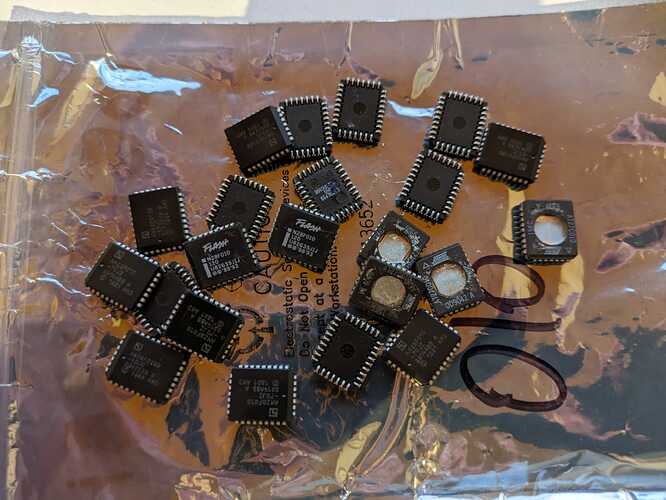Hello! I’m Ziggy, I live in Vancouver and I make original games for the old Game Boy (1989).
My first game received a lovely physical release via a publisher, and that was great. Now, however, I would like to figure out how to do this step myself. I have never soldered anything! But I have some clues…
- a video of my publisher assembling carts lead me to discover “smd soldering”
- I can use this project on PCB way to order Game Boy cartridge PCBs and the smd uh thing… the metal stencil?
- I visited VHS on a Tuesday and they said I should ask here to get myself pointed in the right direction
Basically I’m not sure what steps I need to take to get started. I’ve read some “how to solder” guides online. I’ve got some video tutorials to refer to. I was hoping I’d be able to lign up some kind of hands on introduction via VHS (though it seems the space is more for people who know how to do things to do those things rather than for starting from scratch)? I’m also not exactly sure where to order those tiny computer bits, or which bits to order (there is a black ROM chip, and then like another tiny thing? What’s that tiny thing?).
Yeah, true beginner interested in smd soldering some Game Boy carts. My interest has also been piqued with regards to learning how to design PCBs more generally. I have a background in computer science (my games are thousands of lines of hand-rolled assembly ![]() ) but nothing in EE or soldering. I’m looking for tips!
) but nothing in EE or soldering. I’m looking for tips!
Thanks so much!
z.
P.S. I am not allowed to include links yet, but the video from my publisher’s instagram is basically someone taking a PCB, laying a metal stencil on top, spreading on the GREY GOO, and then heating everything up with a heat gun. That’s what I want to learn to do (safely? in my backyard?)

